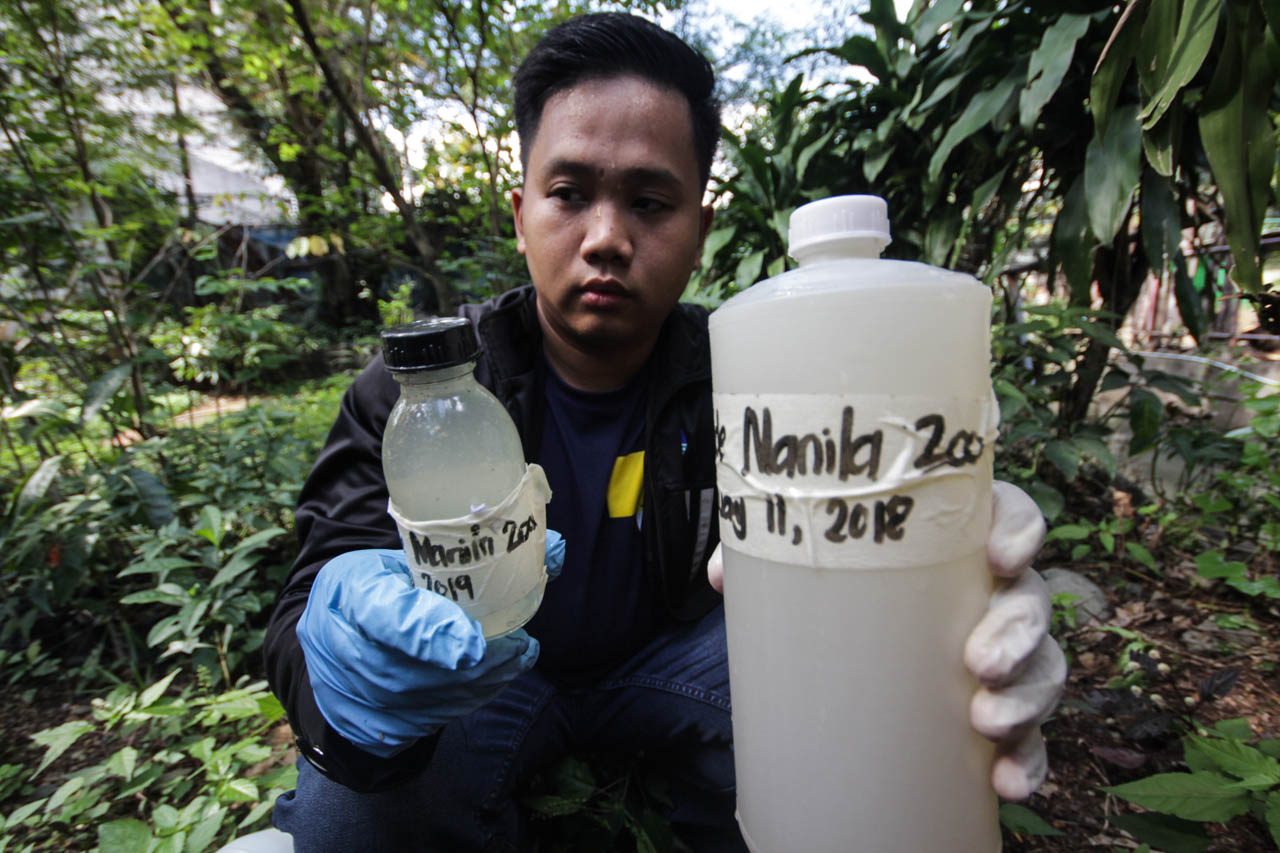SUMMARY
This is AI generated summarization, which may have errors. For context, always refer to the full article.

MANILA, Philippines – Environment Secretary Roy Cimatu said on Tuesday, January 15, that establishments in the Manila Bay Area without proper sewerage treatment plants (STPs) could be fined between P20,000 and P200,000.
The fine would depend on how much waste the establishments emit into the bay.
Establishments found to be noncompliant will also be compelled to set up STPs or fix existing ones.
Cimatu said that the Department of Environment and Natural Resource (DENR) would announce the list of noncompliant establishments on January 27, the date that the Manila Rehabiliation Project is set to begin.
Asked to identify some establishments on the list, Cimatu said that the DENR is still making rounds in the Manila Bay area to identify them. He also said that he could not give a figure of how many establishments could be suspect.
Republic Act 9275 or the Clean Water Act of 2004 makes the Department of Natural Resources responsible for identifying entities that violate environmental laws.
Relocation
The rehabilitation efforts are also seen to displace around 220,000 families living near the bay and its waterways. (READ: Public hanging: Manila’s homeless and the Philippines’ dirty linen)
The Manila Bay Area is around 1,990 square kilometers, covering Metropolitan Manila, Calabarzon, and Central Luzon.
The Partnerships in Environmental Management for the Seas of East Asia (PEMSEA) reports that around 30% of the Philippine population resides in the MBA. Based on the Philippine population in The World Bank Report of 2017, the 30% represents approximately 23 million people, about 10 million of whom live in coastal areas. However, the report does account for those who live near Manila Bay tributaries who also benefit from and contribute to the conditions of the bay’s system.
According to Cimatu, relocation of families to areas outside Metro Manila will be coordinated with the Department of the Interior and Government (DILG) and the National Housing Authority (NHA).
He added that livelihood programs will be ensured for the relocated families. The environment secretary expressed hope that violence would not mar the relocation of families, but that “if they (informal settlers) will be hostile we are prepared to face them.”
Recreation
Some parts of Manila Bay’s coastline, particularly in its provincial areas, will be open to recreation by December 2019, DENR Supervising Undersecretary for the Manila Bay Coordinating Office Sherwin Rigor hopes.
He said the DENR aims at reducing fecal coliform levels to less than 270 million MPN (most probable number) per 100 mL by the end of 2019, which will render parts of the bay safe for activities like swimming and skin diving.
Currently, Manila Bay’s fecal coliform level is at 330 million MPN/100 mL. The safe level is 100 MPN/100 mL, which is roughly the volume of a Yakult bottle, as described by Rigor.
He clarified that not the entire bay would be fit for swimming, saying it would take years to achieve a Manila Bay completely fit for recreation. – Rappler.com
Add a comment
How does this make you feel?
There are no comments yet. Add your comment to start the conversation.